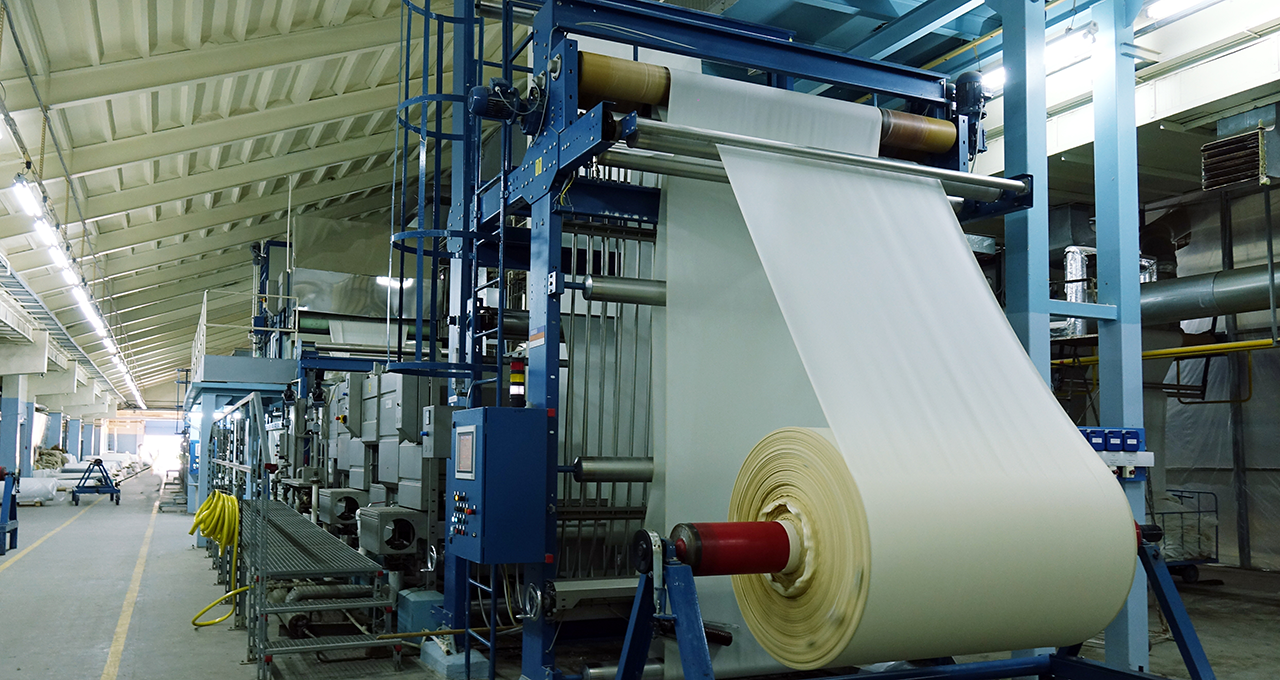Imagine picking out a brand new car — only to find a chip in the paint, rip in the seat fabric or mark in the glass.
AI can help prevent such moments of disappointment for manufacturers and potential buyers.
Mariner, an NVIDIA Metropolis partner based in Charlotte, North Carolina, offers an AI-enabled video analytics system to help manufacturers improve surface defect detection. For over 20 years, the company has worked to provide its customers with deep learning-based insights to optimize their manufacturing processes.
The vision AI platform, called Spyglass Visual Inspection, or SVI, helps manufacturers detect the defects they couldn’t see before. It’s built on the NVIDIA Metropolis intelligent video analytics framework and powered by NVIDIA GPUs.
SVI is installed in factories and used by customers like Sage Automotive Interiors to enhance their defect detection in cases where traditional, rules-based machine vision systems often pinpoint false positives.
Reducing Waste with AI
According to David Dewhirst, vice president of marketing at Mariner, up to 40 percent of annual revenue for automotive manufacturers is consumed by producing defective products.
Traditional machine vision systems installed in factories have difficulty discerning between true defects — like a stain in fabric or a chip in glass — and false positives, like lint or a water droplet that can be easily wiped away.
SVI, however, uses AI software and NVIDIA hardware connected to camera systems that provide real-time inspection of pieces on production lines, identify potential issues and determine whether they are true material defects — in just a millisecond.
This speeds up factory lines, removing the need to slow or stop the workflow to have a person inspect each potential defect. SVI results in a 20 percent increase in line speed and 30x reduction of incorrect defect classification over traditional machine vision systems.
The platform can be integrated with a factory’s existing machine vision system, giving it a boost with AI-based analysis and processing. It offers a factory an average annual savings of $2 million, Dewhirst said.
SVI uses a deep learning model that analyzes images, identifies a defect, and then labels the defects by type — which are all tasks that require powerful graphics processors.
“NVIDIA GPUs guarantee that SVI can handle almost any pixel combination and processing speed, which is why it was our choice of hardware on which to standardize our platform,” Dewhirst said.
Mariner is on track to revolutionize the defect detection process by expanding the use of its platform, which can identify defects in metal, plastic or virtually any other surface type.
Learn more about how the Spyglass system works:
